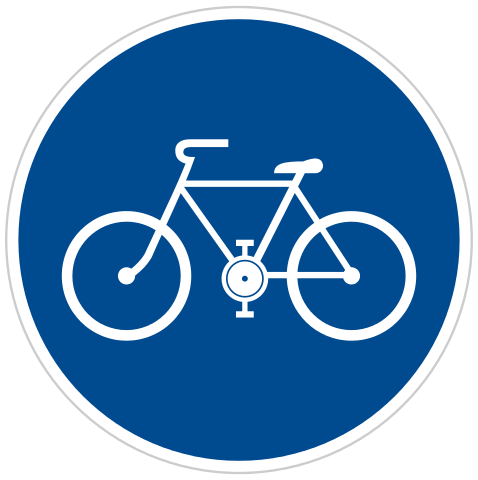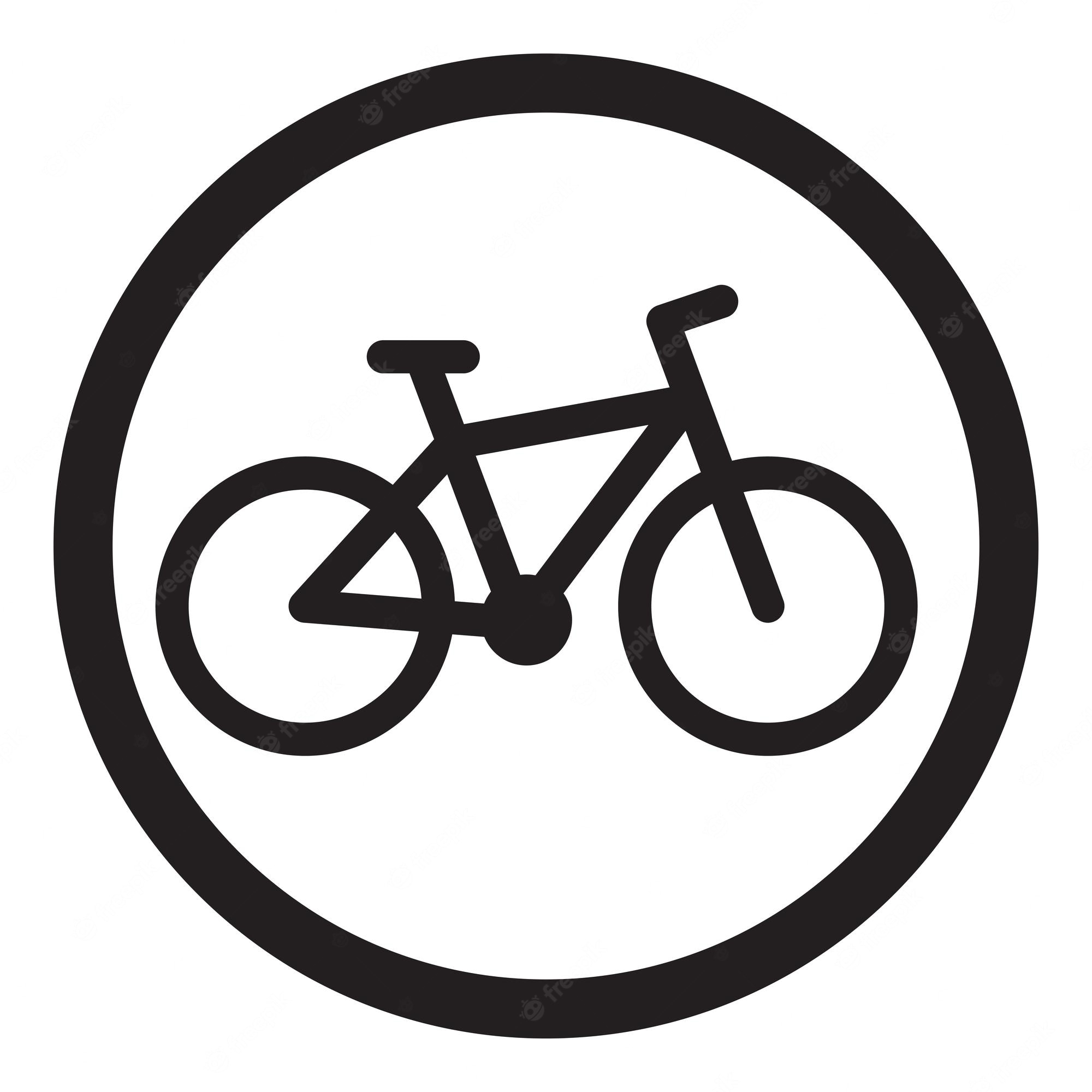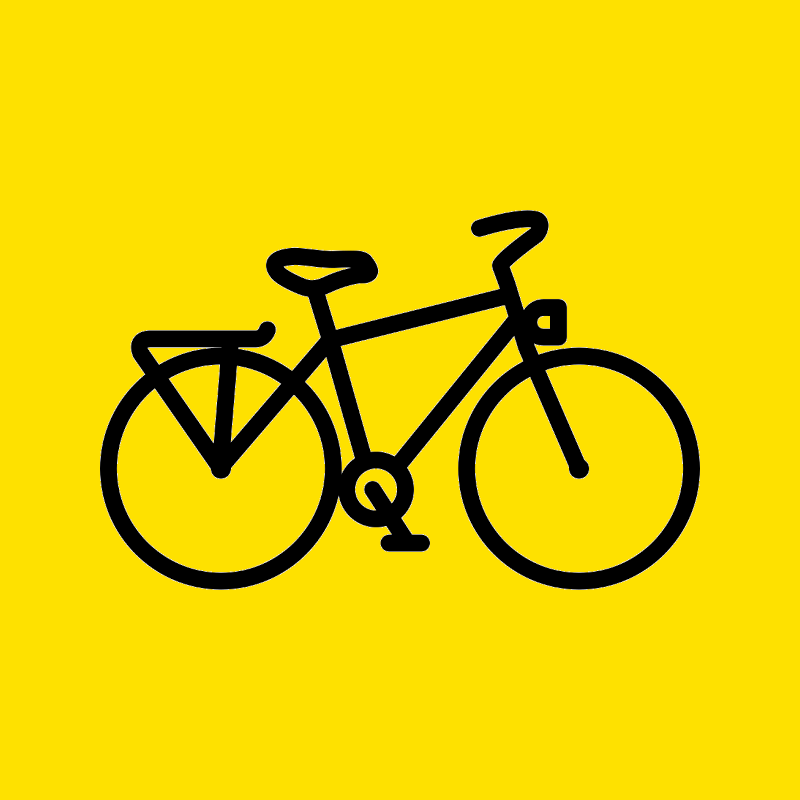I think there are ways you could provide financing/loan money with defined terms and/or interest rates, so the co-op has debt in your name with a defined risk/reward structure. If you’re successful and new members join, there is simply debt in your name in the balance sheet still. At a risk/reward level that hopefully everything thinks is appropriate.
I think entrepreneurship and financing mechanisms can be decoupled from capitalism. In addition to your money being put at risk, it is your time and labor after all at the beginning, and it’s not compensated at that time. You could record your hours in setting everything up, it’s effectively back wages IMO.
Edit: ofc entrepreneurship and financing methods have existed well before modern capitalism, my point remains!







Merci beaucoup, this is quite helpful! If we are successful then these will be good problems to tackle down the road. The CDI/CDD thing is something that seems to be quite a bit divide in France (have only lived here 3 years so still getting used to it).